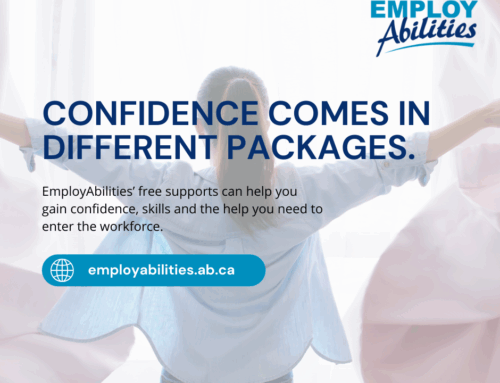A speech disability affects verbal communication with others. Difficulty with pronunciation, voice strength and fluency are often associated with a speech disability. Difficulty with articulation or even voicelessness my also be present. Speech disabilities may be associated with hearing loss, neurological disorders, brain injury, mental illness and or physical disabilities.
Tips for Interaction
Effective communication requires patience and finding out what works best. Remember that people with speech disabilities are individuals first. Always allow the person to complete what they are saying without interruption and encourage self-expression but be careful not to pressure the person to speak. It is appropriate to ask for something to be repeated.
Do not insist the individual speak to a group and always allow for one-on-one communication if necessary.
Non-verbal forms of communication such as messenger, email and answering services my also be helpful.
It is important to stay approachable and understanding if an accommodation is required. This will assist in developing a work-related strategy that enhances success for the individual.
Assistive Technology
Augmentative and alternative communication such as software or peripheral hardware can enhance or replace tradition voice or written communication. These technologies come in many varieties. Self-voicing document scanners read text or illustrations printed on paper and uses voice recognition software and speech synthesizers to read the contend orally. Eternal/portable voice synthesizers convert text or other electronic information to audible spoken language.
Feel free to contact EmployAbilities for information on how to best accommodate people with speech disabilities.





